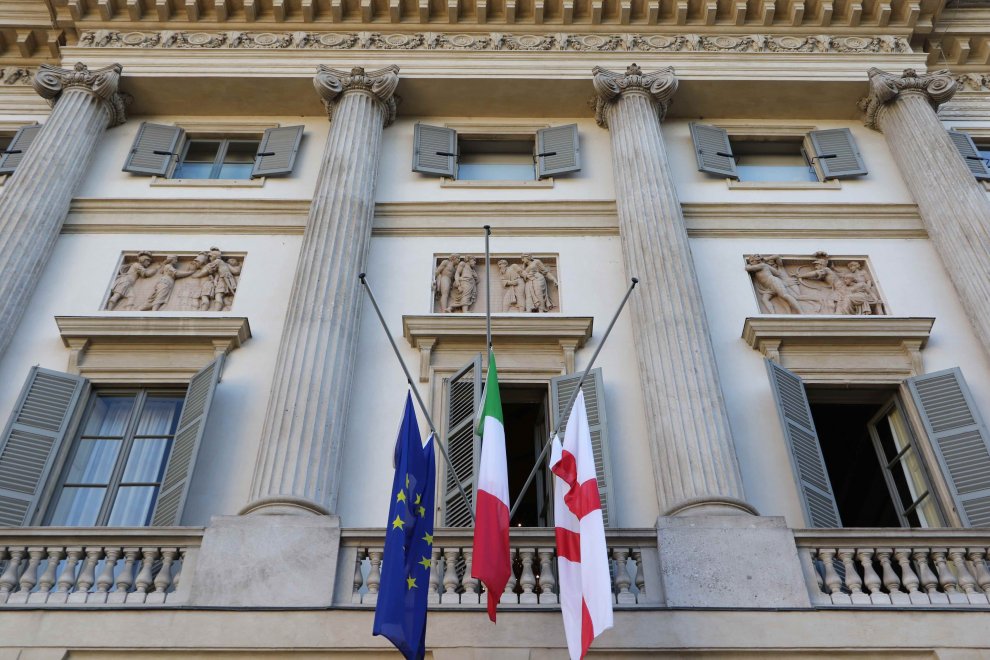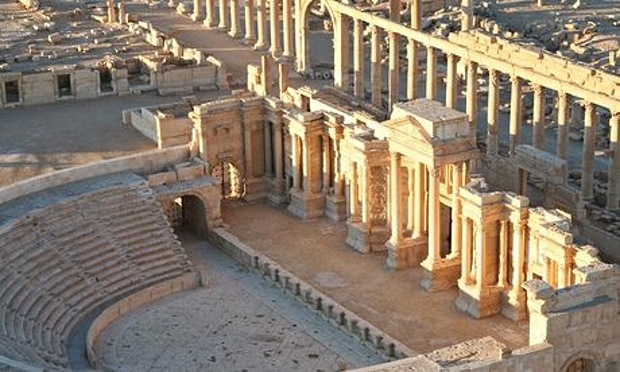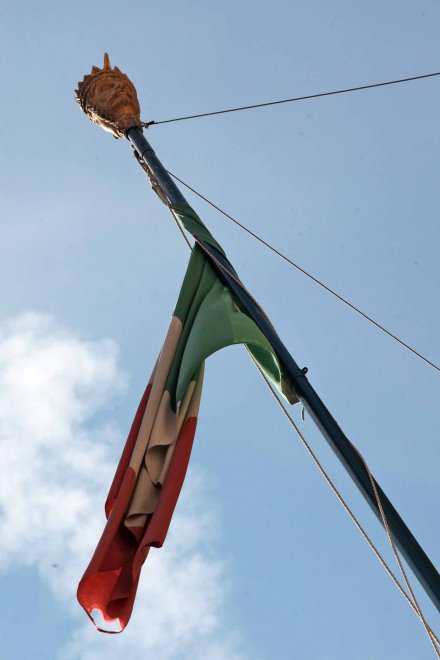Art historians rarely consider their jobs to be dangerous. Khaled Al-Asaad, like other curators in war-torn countries, knew all-too-well that his commitment to protecting his country’s cultural patrimony brought great risk. After being held hostage for over a month, Mr. Asaad was brutally murdered Tuesday 18 August 2015 by Islamic State militants furious over his refusal to tell them where Palmyra’s antiquities have been hidden to protect them from destruction. Asaad served his hometown for over half a century, heading the care of antiquities in the culturally rich city.
In response, Italy’s museums and cultural institutions flew their flags at half-mast and others hung black cloths on Friday, 21 August. Italian archaeologists have close ties to Syria, having supported six projects there before the outbreak of civil war in March 2011. The archaeological museum in Milan has announced that it will be renamed to commemorate the slain archaeologist.
Asaad, who served as director of the Syrian antiquities department until 2003, was a specialist on Hellenistic art, specifically that of his hometown of Palmyra, a UNESCO world heritage site. He was interested in local adaptations of Hellenistic ideals as well as the transition from pagan to Christian culture.
Before the fall of Palmyra in May 2015, Asaad worked tirelessly to move sculpture and other works to safe locations; even as his family fled, he insisted on continuing his daunting task. Though unable to stop ISIS from destroying two ancient shrines, his efforts have succeeded in protecting precious works of art. We can only hope that Palmyra’s liberation comes before more killing and destruction and be grateful for Asaad’s service as Syrian “monuments man.”
A 2002 picture of Khaled al-Asaad in front of a rare sarcophagus from Palmyra depicting two priests dating from the first century. Photograph: Marc Deville/Gamma-Rapho via Getty Images
Palazzo Reale, Milan, bandiere a lutto (flags of mourning)
An Islamic State flag flies atop Roman ruins at the ancient city of Palmyra. Photograph: AFP/Getty Images
Khaled Al-Asaad, undated photograph.
Black mourning flag hung at Palazzo Vecchio, Florence
The Roman amphitheatre in Palmyra has been the scene of atrocities since the city was captured by Isis. Photograph: Christophe Charon/AFP/Getty Images
Palazzo Vecchio with Black Flag to honor Khaled Al-Asaad, Florence







